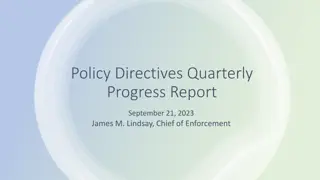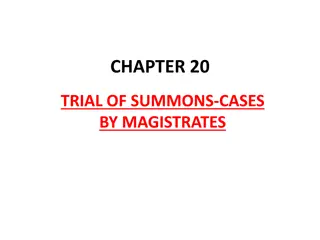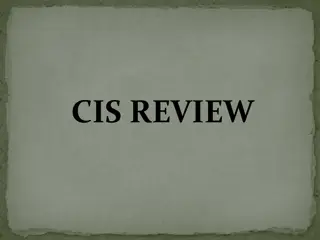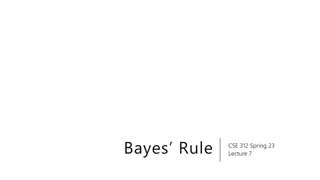Seven Golden Use Cases
The crucial aspects involved in designing and coding systems, including the seven golden use cases, identification of sub-systems, top-level use cases, handling of potential issues, and possible extensions. Learn about dealing with data integrity, system security, and more to create effective systems.
Download Presentation

Please find below an Image/Link to download the presentation.
The content on the website is provided AS IS for your information and personal use only. It may not be sold, licensed, or shared on other websites without obtaining consent from the author.If you encounter any issues during the download, it is possible that the publisher has removed the file from their server.
You are allowed to download the files provided on this website for personal or commercial use, subject to the condition that they are used lawfully. All files are the property of their respective owners.
The content on the website is provided AS IS for your information and personal use only. It may not be sold, licensed, or shared on other websites without obtaining consent from the author.
E N D
Presentation Transcript
Seven Golden Use Cases every system on the planet only ever does seven things Add create a new unit of data in the system update an existing unit of data remove a unit of data provide a list find a single item filter the list passed on some sort of pattern matching check that data entering the system is correct Edit Delete List Find Filter Validate Deal with the dull stuff first!
Identify the sub systems Stock Management tblWidget tblSupplier tblStaff tblOrder tblOrderLine tblCustomer Supplier Management Staff Management Order Management Customer management Clear this is incomplete! Security may not appear on the ERD but likely part of the class diagram same as security likely not part of the ERD probably should be on the ERD but also raises the issue of Order and Purchase Order Line Shopping cart Stock Purchasing Purchase
Burrow Down Here we find the big seven
Issues to consider Delete What happens to the relationships between records if we delete a record between related tables with posted primary and foreign keys? This has the potential to break the integrity of the database What happens if by law we are required to keep certain data e.g. records of previous employees? What happens if by law we must delete some data e.g. the details of customers who no longer wish to be part of the system?
Possible Extensions? Archive Flag a record as inactive so it doesn t come up in the main reports? If we can archive records, we need a mechanism to bring the data back Delete important data without deleting the record such that the individual can no longer be identified Unarchive Anonymise Plus others unique to the sub system
Revised Diagram Remember Use case diagrams should be clear to non-technical people!
Issues with Class Diagram It is simplistic clsDataConnection Ignore it. Its inclusion creates associations we don t care about this would remove a lot of duplication Inheritance Composition & Aggregation this would allow us to express more nuanced detail The point is we can write the code for this diagram
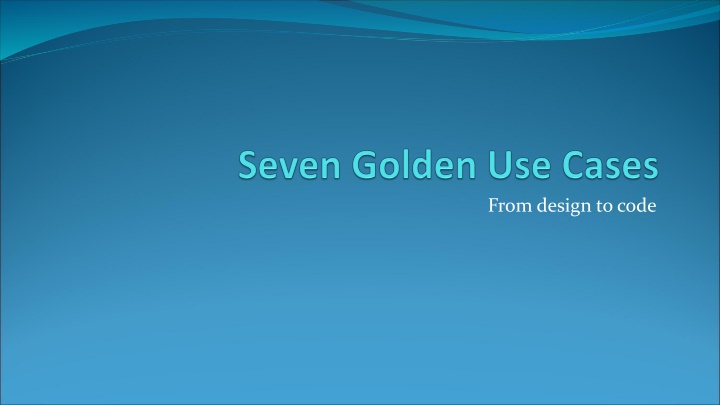

![❤[READ]❤ Robotic Exploration of the Solar System: Part I: The Golden Age 1957-19](/thumb/21623/read-robotic-exploration-of-the-solar-system-part-i-the-golden-age-1957-19.jpg)







